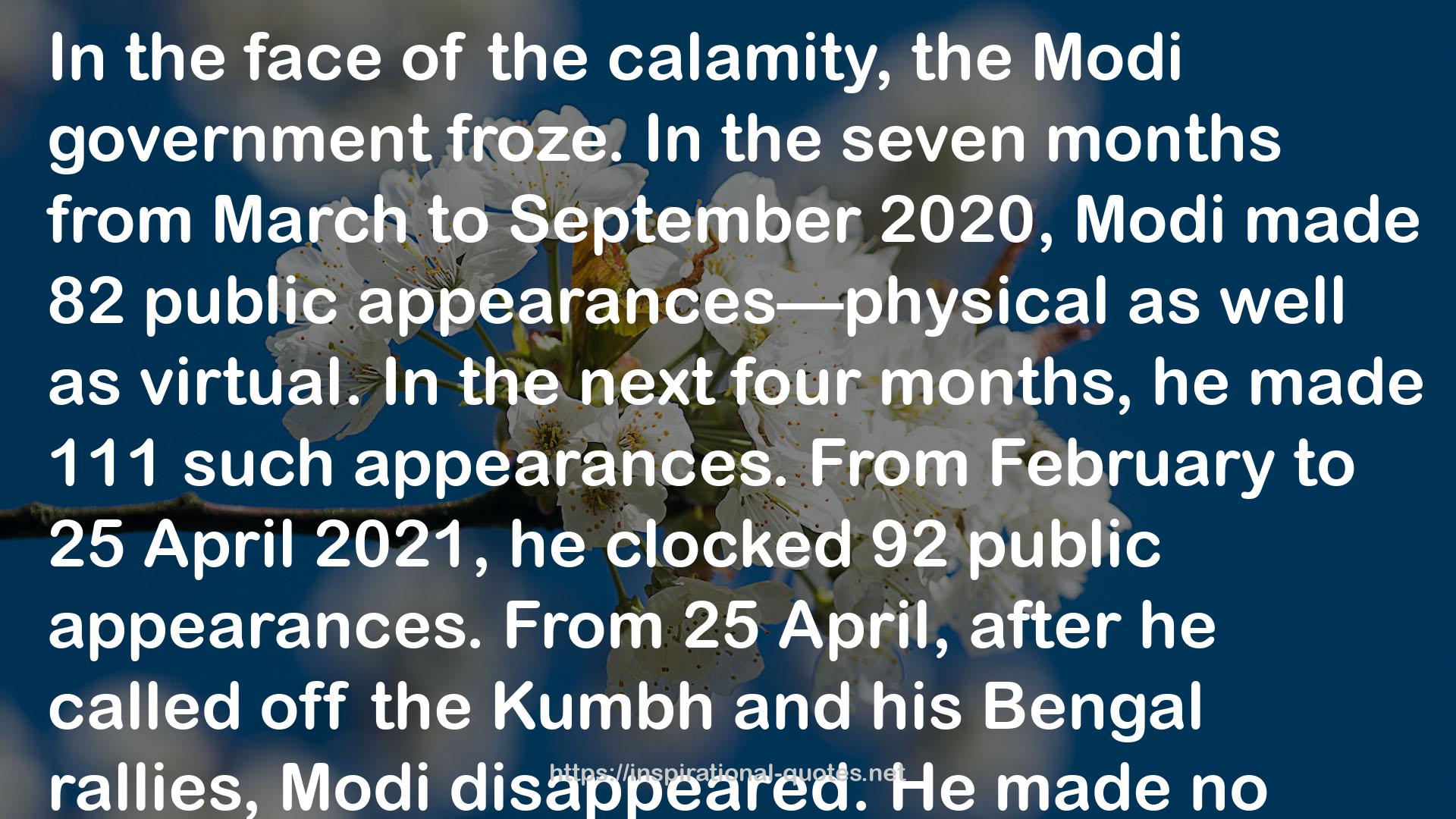Price of the Modi Years QUOTES
SOME WORKS
- The Life-Changing Magic of Not Giving a F*ck: How to Stop Spending Time You Don't Have with People You Don't Like Doing Things You Don't Want to Do
- Get Your Sh*t Together: How to Stop Worrying About What You Should Do So You Can Finish What You Need to Do and Start Doing What You Want to Do (A No F*cks Given Guide)
- Calm the F*ck Down: How to Control What You Can and Accept What You Can't So You Can Stop Freaking Out and Get On With Your Life
- ადამიანთა სევდა
- მოთხრობები
- لا تغضب ولك الجنة
- عيش السعداء
- قصة فتاة
- من روائع العريفي

